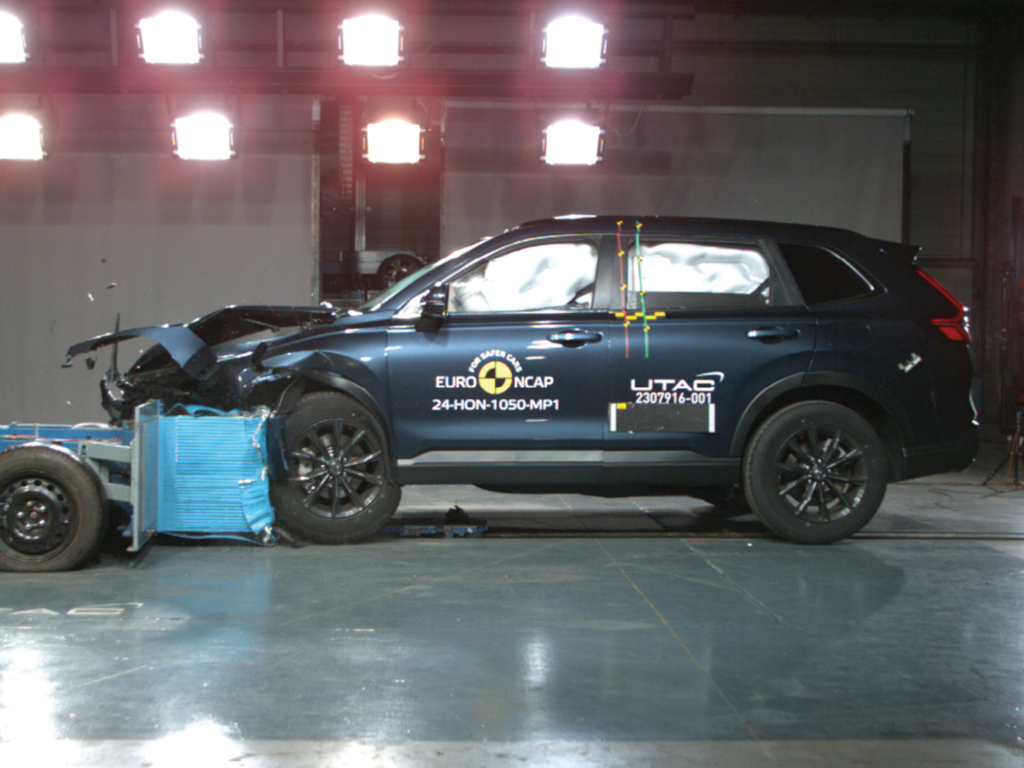Honda’s CR-V and ZR-V have both received a 4-Star safety rating from ANCAP. However, the safety tests revealed major differences between the models sold in Australia and New Zealand and those sold in Europe.
According to ANCAP, the Australian Honda CR-V is equipped with the less advanced Honda Sensing system. In contrast, the more sophisticated Honda Sensing 360 system is available in Europe. As a result, the Australian CR-V’s Safety Assist score is 68 per cent, which prevented it from achieving a five-star rating.
Similarly, the Honda ZR-V, a slightly smaller vehicle, has received a four-star rating in Australia, consistent with the European models. However, the Australian ZR-V features a different design. This includes the omission of an additional rear door beam found in the European version. While this difference hasn’t significantly affected safety performance, it highlights variations in vehicle design.
Concerns Over Safety Standards and Market Disparities
“What we’re seeing here is that manufacturers are consciously providing Australian and New Zealand consumers with products that do not match the same levels of safety provided to European consumers. Consumers will be surprised to learn of these differences,” said ANCAP Chief Executive Officer Carla Hoorweg.
Ms Hoorweg also pointed out the disparity in safety regulations between markets. “While we see this from time to time, we don’t want to see a more significant trend emerge,” she said.
“The lives and safety of Australian and New Zealand consumers are just as important as those in Europe or any other region. That is why we continue to carefully examine new vehicles supplied locally and highlight differences so consumers can make informed purchasing decisions,” Ms Hoorweg added. “Any vehicle that is unrated is a potential candidate for testing by ANCAP.”
As ANCAP continues to assess and test vehicles, consumers are encouraged to stay informed about the safety ratings and features of vehicles available in their region to make well-informed purchasing decisions.
Did you find this article interesting? Click the ‘heart’ button above to give it a ‘like’!


















